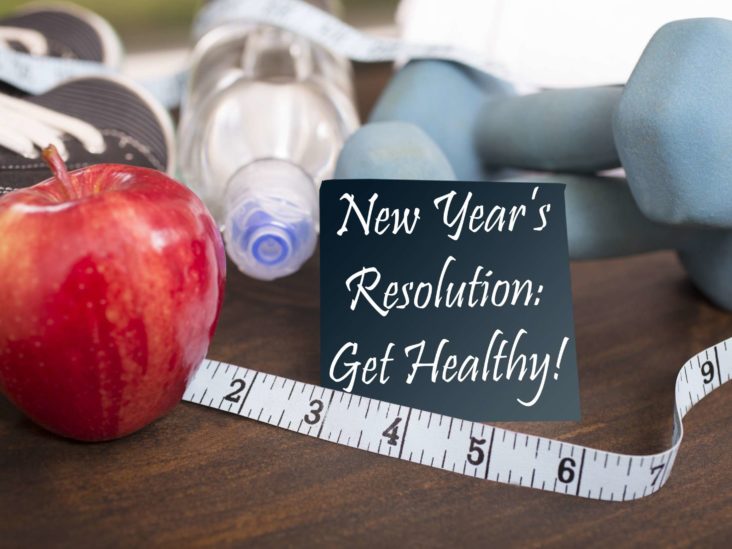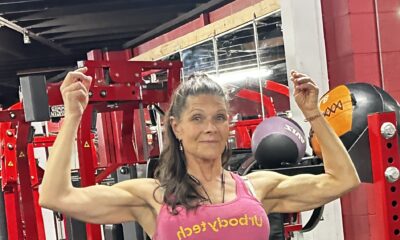
Are you planning to lose weight this year? Kara Marshall can help
New Year resolutions often include pledges to become healthier and fitter, which can be a challenge for various reasons.
The first challenge for many is how to convince people that you need just a couple of weeks to recover from a nasty broken pinky nail before getting right back to the program.
Yet, you can exercise every day at a fiendish level, however, it’s just one of four essential components for overall health and it’s not enough.
You also need proper sleep, rest and recovery, and proper daily nutrition, which happens to be Kara Marshall’s area of expertise.
Marshall is a registered dietitian and nutrition consultant whose work focuses on plant-based diets, blood glucose management, heart health, and sports performance. Getting people back to good dietary choices and to their optimum fitness level is what she does.
When she isn’t helping others achieve their fitness goals, she is either hiking, snowshoeing or running.
She shares her best tips here in our Q & A:
Q: After at least two solid weeks of tasty treats, how best can we get back to healthy eating habits in the New Year?
A: I would start with small sustainable goals that help shift you towards your desired eating pattern.
Consider focusing on one specific meal, snack, or beverage instead of trying to tackle the whole day right from the start. A common mistake is trying to adjust too much, too quickly and then not being able to maintain the changes.
This goes for getting back into running as well. Start with shorter, slower runs and gradually build from there to increase fitness while minimizing injury risk.
Q: What should a typically healthy plate be composed of?
A: A great model of a healthy plate is the revised Canada’s Food Guide.
The revised guide encourages Canadians to aim for 1/4 of the plate lean protein, 1/4 of the plate whole grains, and 1/2 the plate fruits and vegetables which is a good balance for most people for most meals.
A healthy plate should also focus on fresh foods first. This guide works well for those who follow a vegan or vegetarian eating pattern.
They would just look to choose plant-based proteins with each meal.

Keep in mind that best portions will be different for different people based on their activity level, hunger, and goals.
Q: What are some activities that most people can do to get moving?
A: Any kind of movement that is fun and accessible for you is a good choice.
I live near great trails and love to go out for hikes with my dog, but I also enjoy yoga at home on days when the weather is not enjoyable for hiking.
Q: What are some healthy foods you can suggest that may or may not be mainstream choices?
A: Local, seasonal produce is always a great option.
In BC in January we often have access to greens like bok choy and kale as well as winter squash and root vegetables stored from the fall.
There are lots of options for salads, soups and stews with these foods that are hearty and comforting during colder months.
Q: What are some other tips you can offer?
A: Remember that healthy living is not an all or nothing venture. Rather, it is about moving towards and maintaining healthful habits long term.
And, next December, when all the holiday goodies magically reappear everywhere you go, you won’t need to worry if you can remember these three little words.
Everything In Moderation!
Our Fitness Friday weekly feature is submitted and written by Christine Blanchette so please follow her on Twitter as well as her Run With It Youtube Channel.

Advertise With Sportswave

About Sportswave

SICAMOUS HOUSEBOATS

Delta Islanders Jr. A Lacrosse

North Delta Business Association







